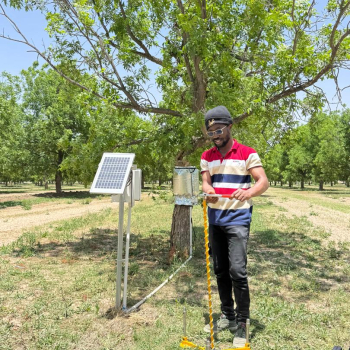Analysis of ecological health status of the Muni Lagoon: Evidence from heavy metal content in its water and fish samples.

| eyokyere@uew.edu.gh |
Analysis of ecological health status of the Muni Lagoon: Evidence from heavy metal content in its water and fish samples.
The study examined the ecological health status of the Muni lagoon amidst increasing development in and around its catchment using a concentration of heavy metals in its water and fish samples as a proxy. Flame atomic absorption spectrophotometer (FAAS) laboratory analysis was employed to determine heavy metals (cadmium [Cd], lead [Pb], iron [Fe], manganese [Mn] and zinc) present in water and fish samples within the Muni Lagoon. The study revealed that the Muni Lagoon and feeder rivers were polluted with heavy metals (Fe = 0.453, Cd = 0.201, Mn = 0.105 and Pb = 0.024) comparing their concentrations with the US Environmental Protection Agency (USEPA) and Water Resources Commission (WRC) limit. Fish within the lagoon were found to pose no harm to consumers as traces of heavy metal concentrations were below the Food and Agriculture Organisation of the United Nations/World Health Organisation maximum permissible limit. The study further revealed that the application of agricultural inputs such as fertilisers, pesticides and domestic waste as well as unregulated gutter channels were the major source of heavy metals. A paired sample t-test showed a statistically significant difference between the wet and dry season's concentrations of cadmium and lead. For cadmium, the t-test found t(5) = −7.265; p =.001 between the wet season's concentration and the dry season's concentration and for lead, the t-test found t(5) = 5.061, p =.004 between the wet and dry season concentrations in the lagoon. It is therefore recommended that the Forestry Commission, Municipal Assembly and the local leaders should collaborate in regulating activities occurring in and around the catchment of the lagoon.
